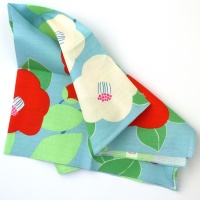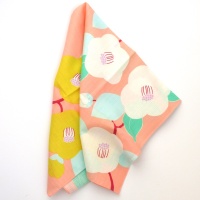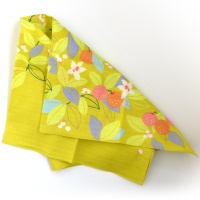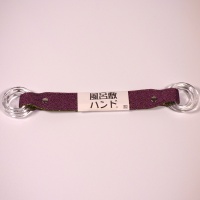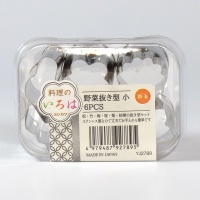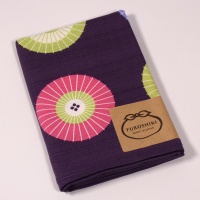Even today, Japanese people maintain a cherished tradition that combines culinary skills with aesthetic beauty: the 'o-bento' lunch box.
These meticulously crafted meals-on-the-go are not just about sustenance; they are a reflection of Japanese culture, history and the art of presentation.
What is the meaning of 'bento'?
The common definition of 'bento' refers to a Japanese-style packed meal, typically consisting of rice, fish or meat and various vegetables, all neatly arranged in a compartmentalized box.
These meals are often prepared at home or purchased from department stores, supermarkets, convenience stores and train stations throughout Japan and are most commonly eaten at lunchtime, hence we usually refer to them as a 'lunch box' or 'packed lunch'.
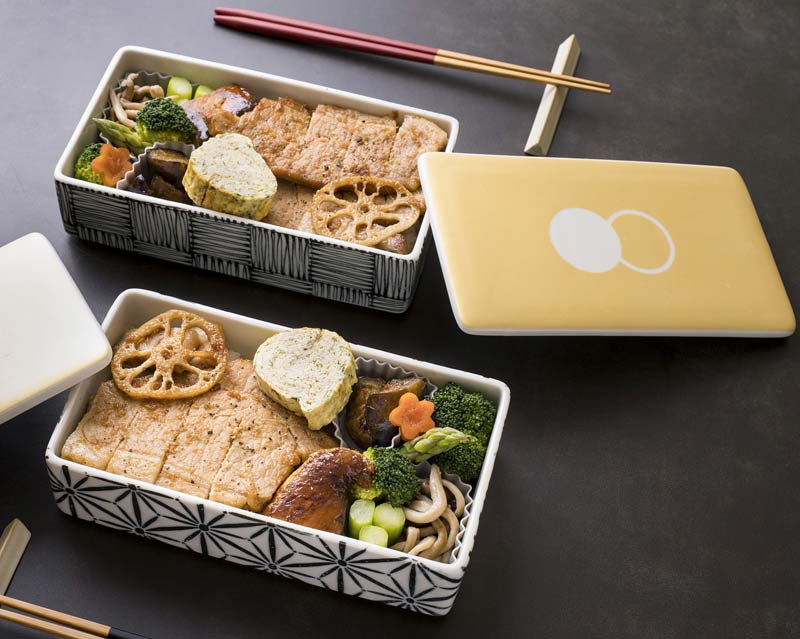
The boxes themselves come in various shapes, sizes and designs and range from plastic, wood or bamboo containers to intricately crafted and decorated lacquerware boxes. They typically include a matching lid and small compartments inside for dividing the food.
The bento box will often contain a whole meal, so keeping a sweet dessert away from the savoury ingredients may be important.
Beyond being a practical homeware item, bento boxes hold cultural significance in Japan, reflecting the importance of food presentation, balance and seasonal ingredients. The time they take to prepare is also a symbol of care and affection when shared with family, friends and colleagues.
'O-bento' or just plain 'bento'?
In various places you will hear or read reference to 'bento' and sometimes 'o-bento'. So what's that extra 'o' all about?
In Japanese, the honorific prefix 'o-' is often added to words to show respect or politeness. When referring to a bento box, some people may choose to use 'o-bento' instead of simply 'bento' as a sign of respect for the food and the tradition associated with it.
In casual conversation or in a more informal context, people may simply use 'bento'. However, in formal settings or when discussing the tradition and art of bento-making, using 'o-bento' can emphasize the cultural importance and significance of the meal.
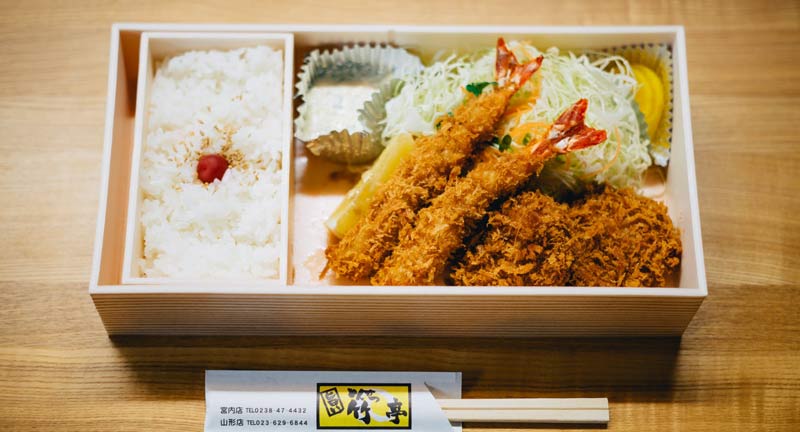
The history of bento
The origins of o-bento can be traced back centuries, evolving from simple meals packed for travelers or workers in the fields to sophisticated culinary creations.
Initially, these meals served a practical purpose, providing a balanced and portable lunch for those away from home. However, over time they became an essential part of Japanese culinary culture, with each region boasting its own unique style and ingredients.
Historically, bento boxes were made from natural materials like bamboo, wood or lacquer, showcasing the craftsmanship of skilled artisans. They were designed to be both functional and visually appealing, reflecting the Japanese reverence for beauty in everyday life.
The craftsmanship and care behind bento making
The process of making a bento meal is a labor of love, requiring patience, precision and a keen eye for detail. It can also involve an early start if you need to make it before the family leaves for work or school! Some parents may rise at 5.00am to make sure the kids have a cute and delicious meal for the day ahead.
From selecting the freshest ingredients to arranging them thoughtfully within the confines of the box, every step is infused with intention and care.
It's important that the meal provides balance and variety, ensuring that it's a nutritious and satisfying dining experience. Each component is carefully chosen to complement the others, resulting in a harmonious ensemble of flavours, textures and colours.
Nutrition and taste is important but presentation is equally so. Bento makers often spend considerable time arranging the contents of the box in visually appealing patterns, incorporating elements of symmetry, contrast, and seasonal motifs. The result is a feast for the eyes as well as the palate.
Kawaii culture
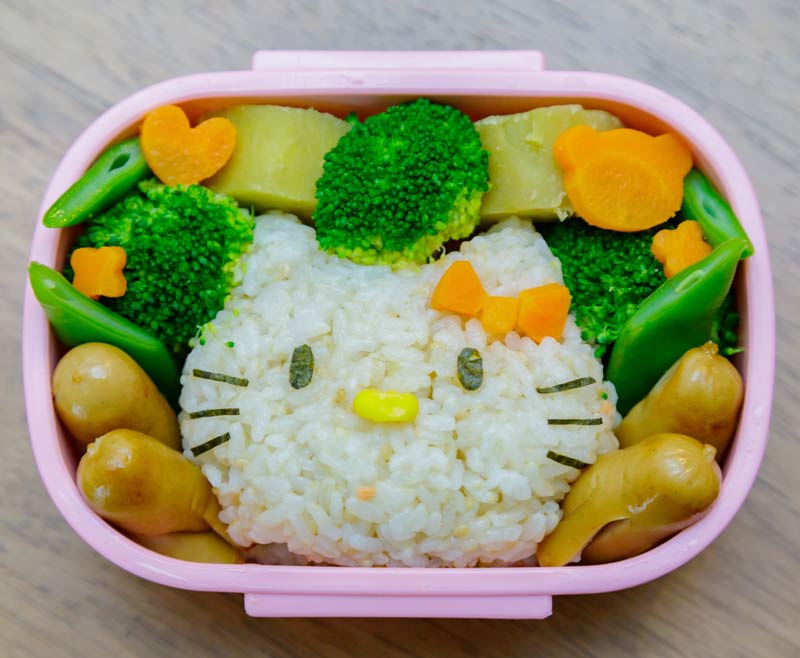
More recently, incorporating kawaii (meaning 'cute' or 'adorable' in Japanese) designs have become a big part of creating unique and fun bento lunches.
From shaped rice balls to adorable animal faces made from vegetables, these kawaii-inspired creations delight both kids and adults alike. They turn an everyday meal into a joyful celebration of creativity and imagination.
Food cutters, also known as bento cutters or vegetable cutters are used to make fun and decorative shapes from different edible ingredients such as cooked or raw vegetables, fruits, cheese and ham. The cutters come in various shapes and designs, such as hearts, flowers and stars and allow bento makers to create scenes and characters from the different foods being served.
Using colourful foods or adding natural colouring to rice, such as beetroot or peaflower, gives the lunch box scene even more interest and kawaii appeal.
As well as being a wonderful creative outlet for the person preparing the meal, this can be a great way to ensure that picky eaters are encouraged to eat a healthy mixture of veggies!
The famous 'eki-ben'
Have you ever heard anyone refer to 'eki-ben'? If you've been to Japan, I'm sure you've seen them and possibly even bought one!
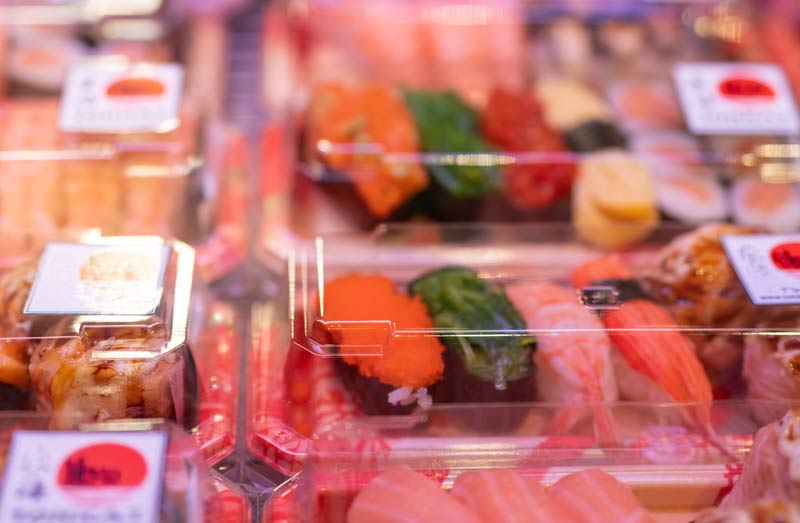
'Eki-ben' is a beloved and iconic aspect of Japanese train travel culture. The term "eki-ben" is a combination of 'eki' meaning station and 'bento' and refers to the delicious boxed lunches and meals that you can buy at the station. As you can imagine, that's so convenient when you're on your way to work, making a trip for leisure or on your way home.
Train stations throughout Japan offer their own unique selection, often with a regional theme and featuring local speciality foods and locally grown ingredients. For example, a station in Hokkaido might offer eki-ben featuring fresh seafood, while a station in Kyoto might feature traditional Kyoto-style cuisine.
Just like traditional bento boxes, eki-ben are known for their meticulous presentation and artistic flair. The contents of the box are carefully arranged to create visually appealing designs, often resembling miniature landscapes or scenes from nature. Some even come in decorative packaging or specially designed containers that you're sure to want to keep.
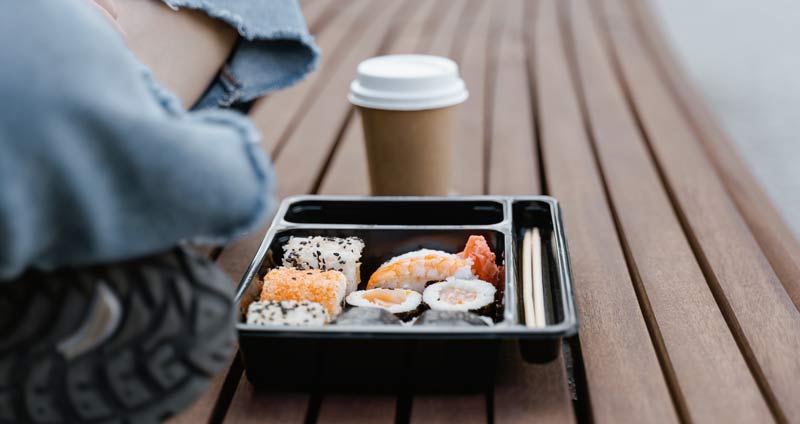
Furoshiki and o-bento
Furoshiki is a traditional Japanese wrapping cloth that has been used for centuries to carry and transport items. It is typically made from a square piece of fabric and is known for its versatility and eco-friendliness.
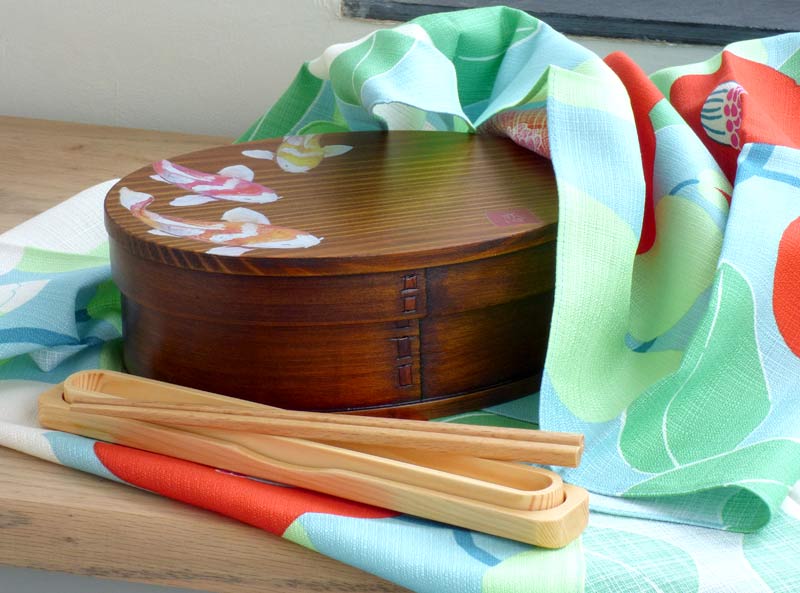
One of the main uses for furoshiki in Japan is as a wrapping cloth and carrier for your bento box. Instead of using disposable bags or containers, bento makers can use a furoshiki to wrap and secure the bento box, keeping the contents intact during travel. This not only reduces waste but also adds a touch of elegance to the meal presentation.
The combination of furoshiki and bento meals reflect the Japanese values of resourcefulness, simplicity and respect for the environment.
A feast for the senses and the soul
In the fast-paced modern world, where convenience often takes precedence over tradition, the o-bento lunch box stands as a testament to craftsmanship, creativity and a deep appreciation for the simple pleasures of life.
With each carefully arranged ingredient and whimsically crafted design, bento makers pay homage to a rich culinary heritage that spans centuries. And as their popularity spreads around the world, they remind us of the power of food not just to nourish our bodies but also to feed our souls.
Additional photos: 宏和 東涌 at Pixabay, MART PRODUCTION at Pexels and Quang Anh Ha Nguyen at Pexels.
Bento related products at Hatsukoi.co.uk
